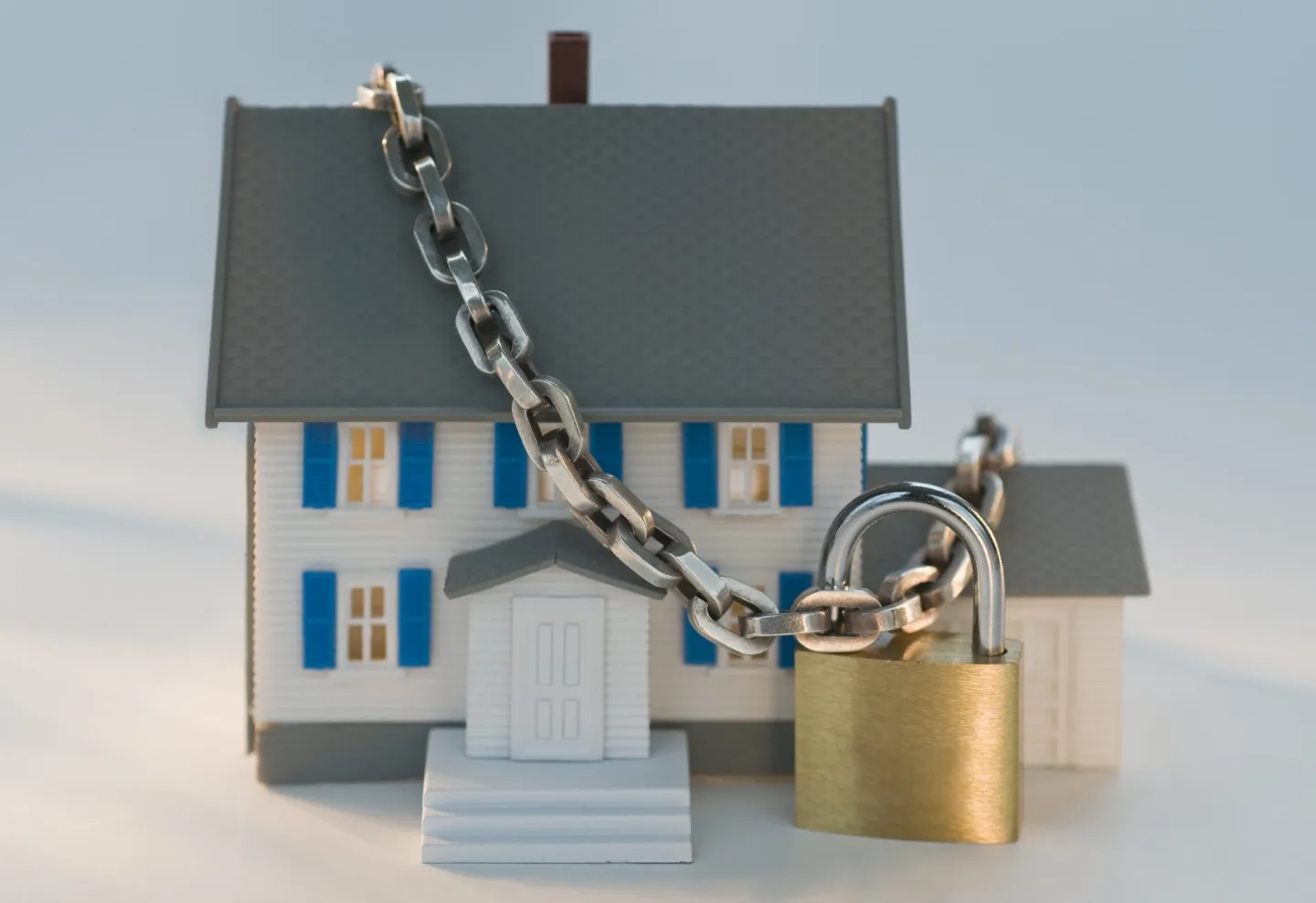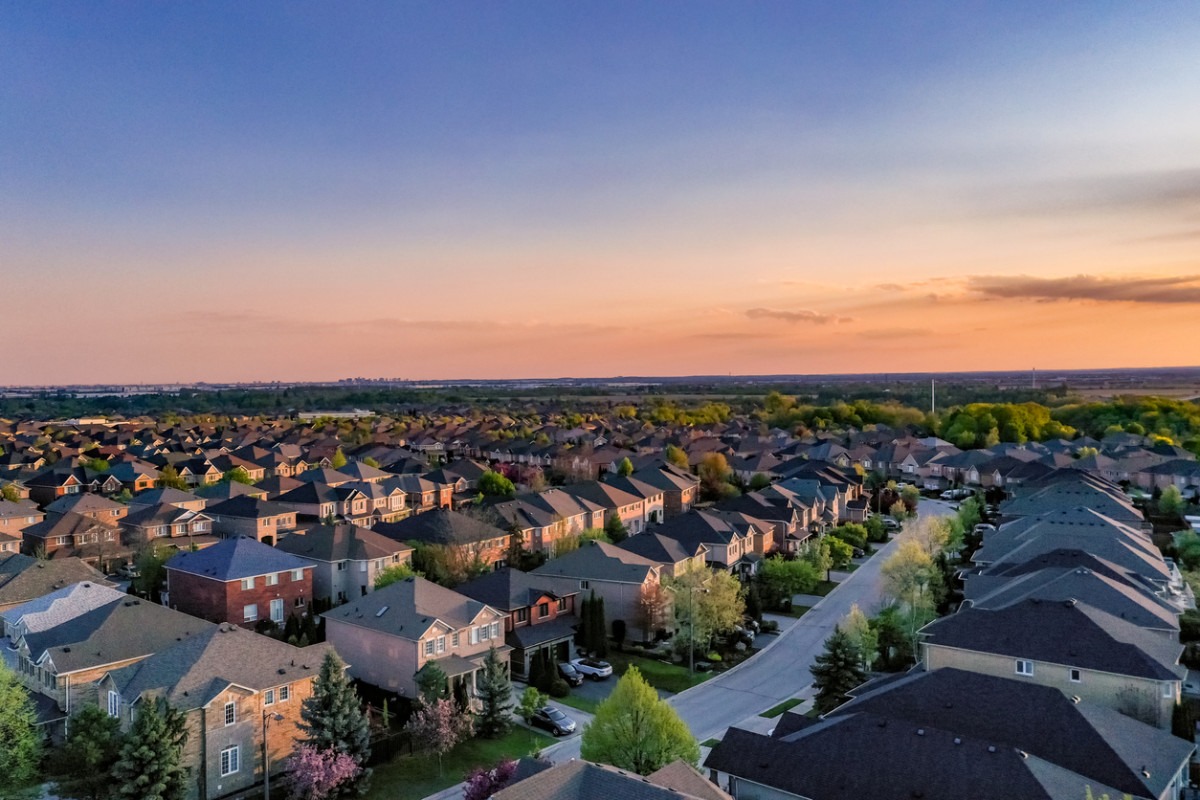Hardly a day goes by when interest rates aren’t on the front page, as buyers, sellers and those wanting to refinance eagerly await news of an interest rate cut, hoping to reduce their mortgage payments. However, not all states are the same in terms of the amount of money homeowners lose when they move. That’s because each state has its own mortgage interest rate averages, which tend to stay within the national average. At the time of writing, this is 6.85%.

But despite the call for a change in the interest rate, most homeowners in the US do not feel the contraction of high interest rates on their mortgage payments. That’s because 86% of current mortgages are below 6%, with an average interest rate of 4.1%, according to a US News report.
The extent of the freehold or foreclosure experienced by the homeowner or investor is based on the borrower’s current mortgage rate compared to the interest rate he would have to pay for another home should he decide to move. For many Americans, this is a loss of about 3%. For example, if your current interest rate is 4% and the national average is 7%, then this 3% rate difference or gap will determine how much it will cost you to move within this state.
The report revealed some interesting statistics:

- Colorado has the largest mortgage rate lock-in gap in the U.S. with a spread of 3.45 percentage points.
- Texas has the narrowest mortgage rate lock-in gap at 2.55 percentage points.
- New York and New Mexico have the second smallest lockdown gaps with differences of 2.575%.
If buyers apply these rate freezes to high-cost-of-living states like Hawaii and California, where buyers are selling their existing homes and buying new homes, their payments can increase dramatically by up to 60%.
Ways to mitigate the interest-fixing effect for real estate investors
So, if you want to avoid this phenomenon, how do you do it? Here are some strategies for investors.
An acceptable mortgage
The Bank of America website says, “Accepting home loans allows you, as a buyer, to take responsibility for an existing debt secured by a mortgage on the home you purchased.

The two available processes that meet your requirements are qualified assumptions as well as name change and title transfer requests.”
When a lender like BOA agrees to take on a mortgage, the borrower keeps the same interest rate as the previous homeowner for the cost of simply paying for a service. According to the Wall Street Journal, the Federal Housing Administration (FHA) has announced that in 2023, starting Sept. almost 3,350 mortgage acceptances processed. 30, up from 2,570 the previous year. More than 20% (22.3%) of mortgages are government-backed, making them acceptable. That means 11 million homeowners in the U.S. have potentially acceptable mortgages.




